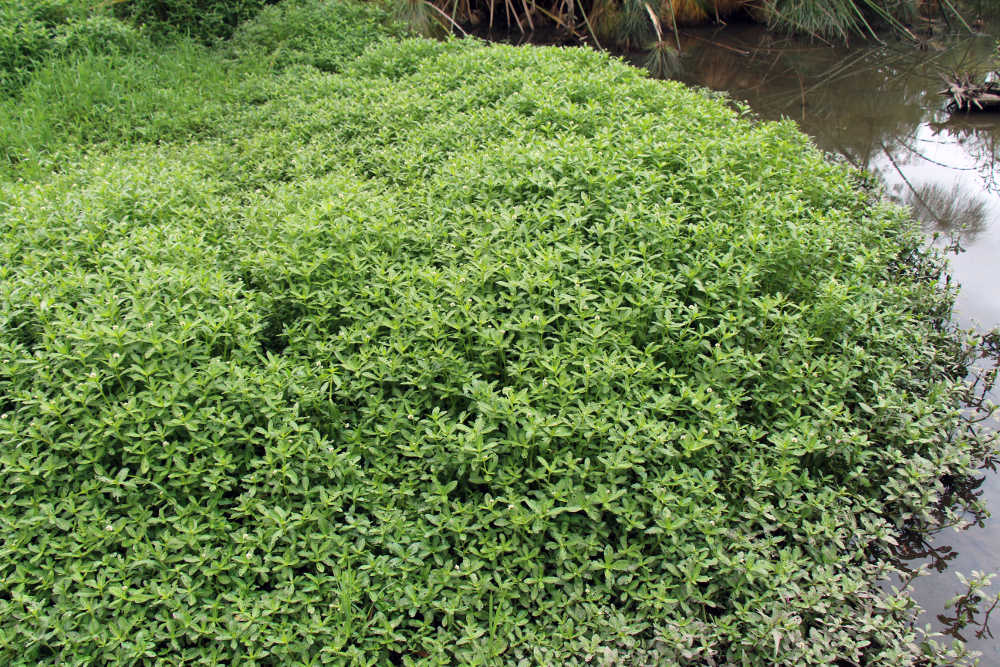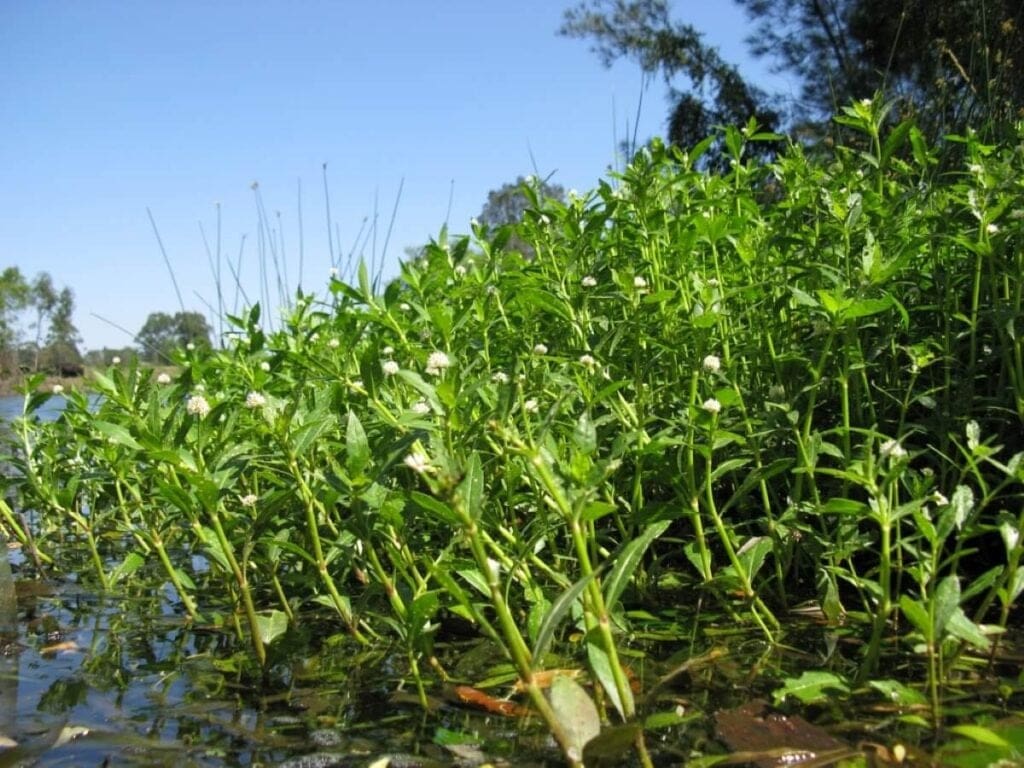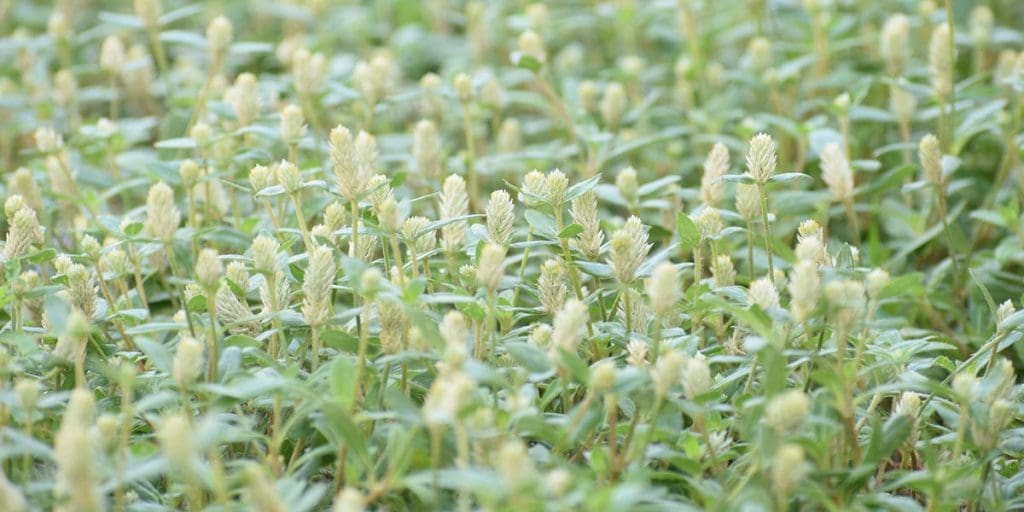Tackling alligator weed infestations in your irrigation systems can feel like a daunting task, but with the right approach, you can keep these persistent invaders under control. This guide will walk you through the most effective methods for managing alligator weed, ensuring your irrigation systems remain efficient and problem-free. From preventative measures to targeted treatments, you’ll discover practical solutions that fit your needs, allowing you to maintain a healthy and productive water management system. Have you ever found yourself struggling with unwanted alligator weed in your irrigation systems? If you’re nodding your head, you’re not alone. Alligator weed (Alternanthera philoxeroides) is a persistent and invasive species that can wreak havoc on irrigation systems, compromising water flow and the overall health of your aquatic ecosystem. In this friendly and informative article, we will dive deep into the best ways to treat alligator weed infestations, so you can keep your irrigation systems running smoothly.

Understanding Alligator Weed
Before diving into treatment methods, let’s take a moment to understand what alligator weed is and how it affects irrigation systems.
What is Alligator Weed?
Alligator weed is a perennial aquatic plant that is native to South America but has made its way into various parts of the world, including North America, Australia, and Asia. This invasive species thrives in water bodies and moist soil, making it a headache for those managing irrigation systems.
Why is Alligator Weed a Problem?
Alligator weed grows rapidly and forms dense mats on water surfaces, which can obstruct water flow, clog irrigation systems, and outcompete native vegetation. This not only reduces the efficiency of your irrigation but also disrupts the balance of your aquatic ecosystem.
Identifying Alligator Weed
It’s crucial to accurately identify alligator weed before embarking on any treatment plan. Here’s what you should look out for:
| Feature | Description |
|---|---|
| Leaves | Opposite, lance-shaped, and bright green |
| Stems | Hollow and can float on water |
| Flowers | Small, white, and cluster in heads at stem ends |
| Growth Habit | Forms dense mats on water surfaces or moist soil |

Prevention is Key
The old adage “an ounce of prevention is worth a pound of cure” couldn’t be more accurate when dealing with alligator weed.
Monitor Your Irrigation Systems
Regular monitoring will help you catch infestations early before they become unmanageable. Walk around your irrigation systems, and keep an eye out for the characteristic features of alligator weed.
Maintain Good Water Flow
Ensure your irrigation systems have good water flow to discourage the growth of alligator weed. Stagnant water is a breeding ground for this invasive species, so always aim for continuous movement in your water bodies.
Herbicide Control
Herbicides are often the first line of defense for many individuals dealing with alligator weed. However, it’s essential to choose the right type and apply it correctly for effective control.
Types of Herbicides
| Herbicide Type | Description |
|---|---|
| Systemic Herbicides | Absorbed by the plant and move within it, killing it entirely. Example: Glyphosate. |
| Contact Herbicides | Kill only the part of the plant they come into contact with. Example: Diquat. |
How to Apply Herbicides
- Read the Label: Always read the label to understand the specific application guidelines.
- Apply During Growth Season: Herbicides are most effective when the weed is actively growing.
- Use Appropriate Equipment: Ensure you have the right equipment to apply the herbicide evenly.
Mechanical Control
Mechanical control involves physically removing or disrupting alligator weed. This method can be labor-intensive but effective when done correctly.
Hand Pulling
For smaller infestations, hand pulling can be effective. Make sure to remove the entire plant, including the roots, to prevent regrowth.
Mowing and Cutting
For larger areas, mowing or cutting can keep alligator weed under control. Regular mowing can prevent the weed from flowering and setting seed.
Dredging
Dredging involves physically removing the weed along with some of the soil or sediment. This method is suitable for large infestations and irrigation systems with significant water flow obstruction.

Biological Control
Biological control involves using natural predators or competitors to reduce the alligator weed population.
Introduction of Natural Predators
In some regions, natural predators like the alligator weed flea beetle (Agasicles hygrophila) and the alligator weed thrips (Amynothrips andersoni) have been introduced to control alligator weed populations.
Benefits of Biological Control
Biological control methods are environmentally friendly and can provide long-term control. However, they require careful consideration and monitoring to ensure they do not negatively impact the local ecosystem.
Drawbacks of Biological Control
The primary drawback is the potential for introduced species to become invasive themselves or disrupt local ecosystems. Additionally, biological control methods may take longer to show results compared to mechanical or chemical methods.
Integrated Pest Management (IPM)
Using a combination of methods offers the best results for controlling alligator weed. This approach, known as Integrated Pest Management (IPM), leverages the strengths of multiple control methods to achieve effective and sustainable results.
Steps in IPM
- Assessment: Begin by assessing the extent of the infestation and environmental conditions.
- Planning: Develop a tailored plan which may include a combination of mechanical, chemical, and biological methods.
- Implementation: Execute your plan, carefully monitoring the progress.
- Evaluation: Regularly evaluate the effectiveness of your plan and make adjustments as necessary.

Case Study: Successful Alligator Weed Management in a Local Irrigation System
Let’s look at a real-world example to provide more context.
Background
A local farming community noticed reduced water flow in their irrigation systems due to alligator weed infestation.
Steps Taken
- Assessment: They surveyed the extent of the infestation.
- Planning: Consulted with experts to develop an IPM plan involving herbicides, hand-pulling, and introducing the alligator weed flea beetle.
- Implementation: Applied herbicides during the active growth season, conducted regular hand-pulling sessions, and released natural predators.
- Evaluation: Monitored the system monthly to evaluate progress.
Outcome
Within six months, the alligator weed population was significantly reduced, and water flow in the irrigation system improved.
Community Efforts and Education
Managing alligator weed is not just an individual effort; community involvement is crucial.
Conduct Workshops
Organize workshops to educate community members on identifying and managing alligator weed. The more people are aware, the easier it will be to control infestations early.
Community Monitoring Programs
Implement a neighborhood watch-type program for weed monitoring. Encourage everyone in the community to regularly check irrigation systems and report any signs of alligator weed.

Conclusion
Dealing with alligator weed infestations in your irrigation systems can be challenging, but with the right approach, you can effectively manage and eventually eradicate this invasive species. Remember to incorporate regular monitoring, maintain good water flow, and use a combination of mechanical, chemical, and biological control methods for best results. By working together as a community and staying vigilant, you can keep your irrigation systems running smoothly and protect your local ecosystem.
Now that you’re armed with this comprehensive guide, you’re better prepared to tackle alligator weed head-on. So roll up your sleeves, get out there, and take control of your irrigation system’s health!
